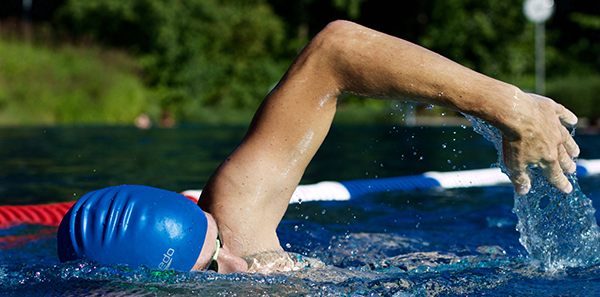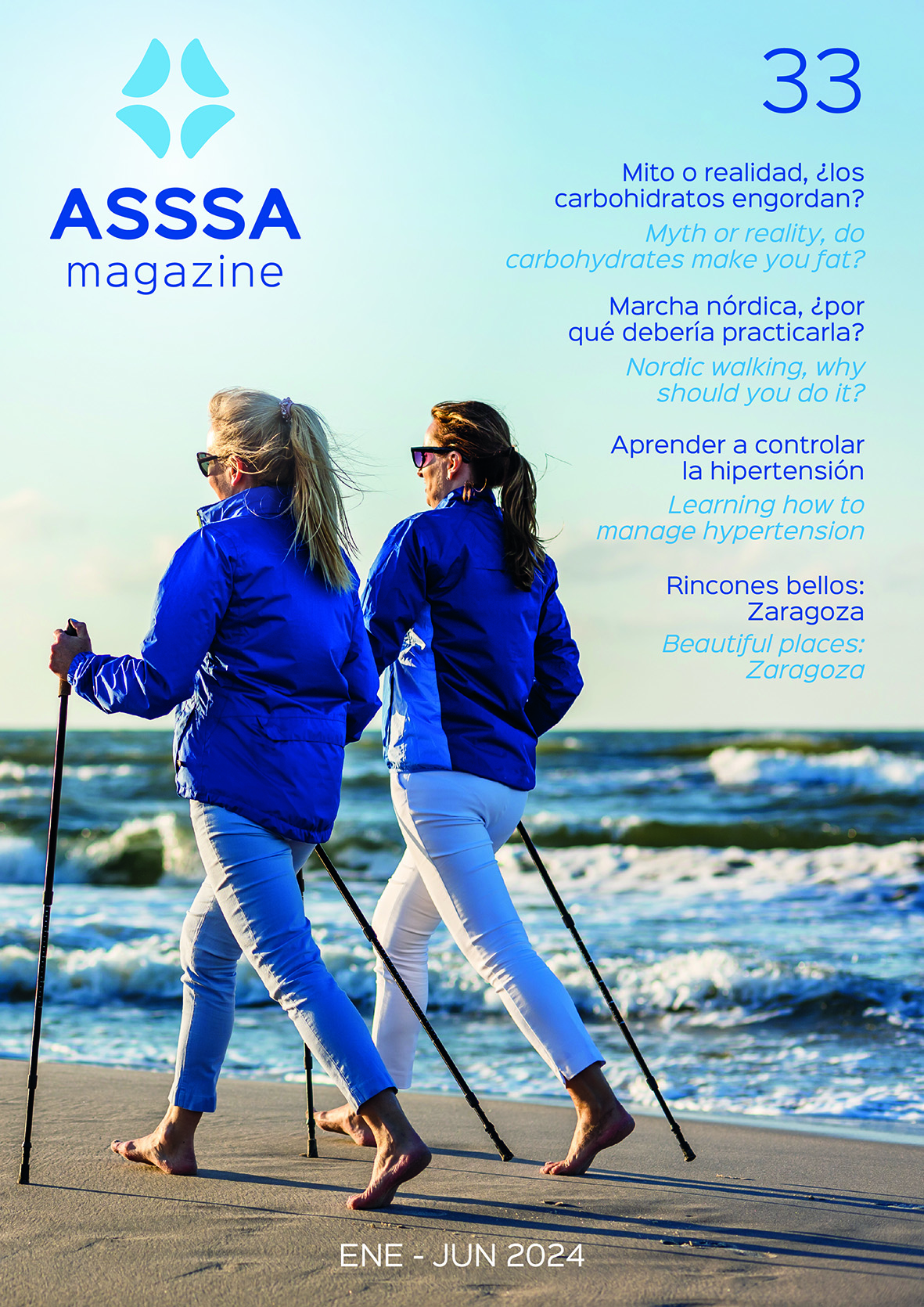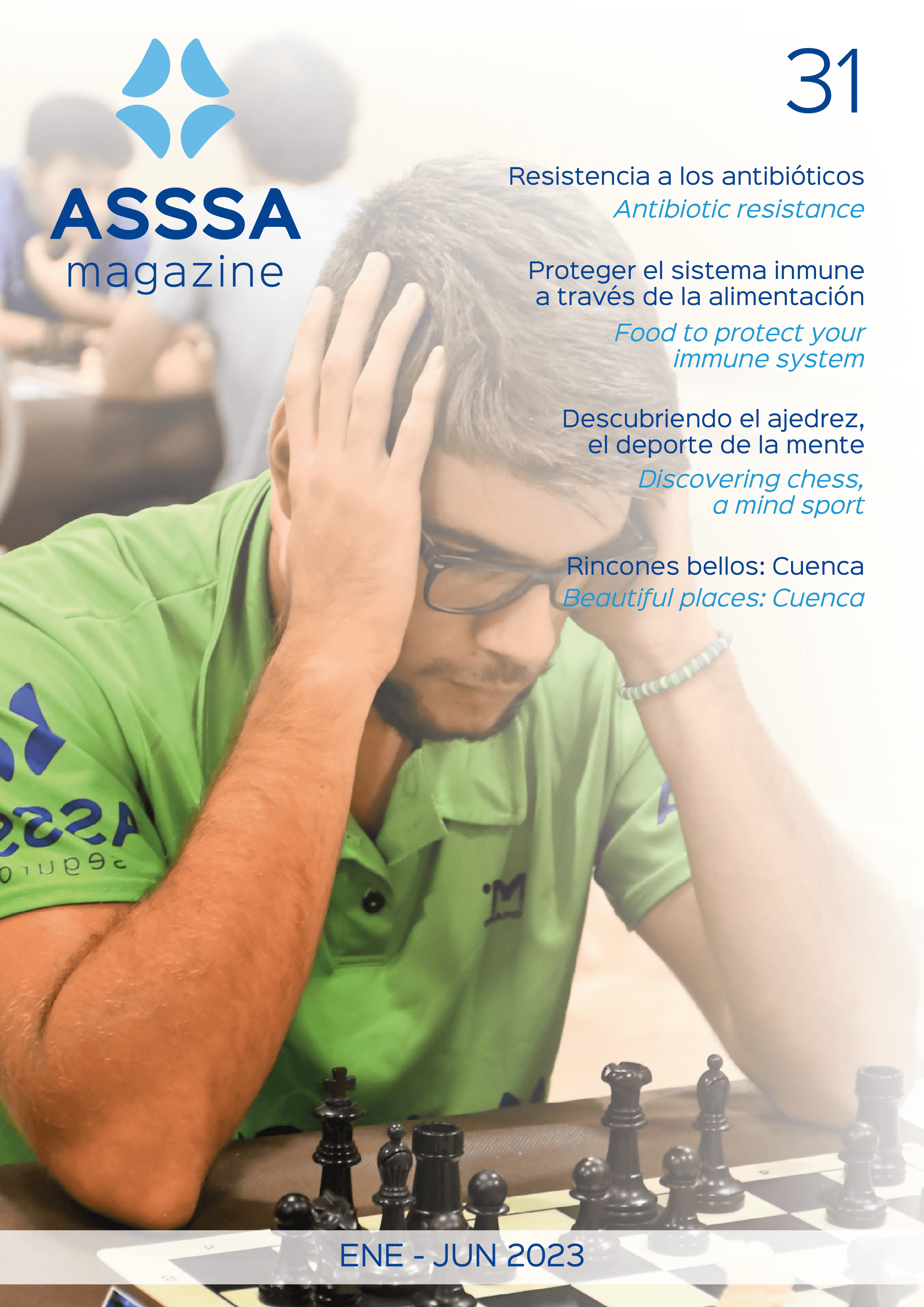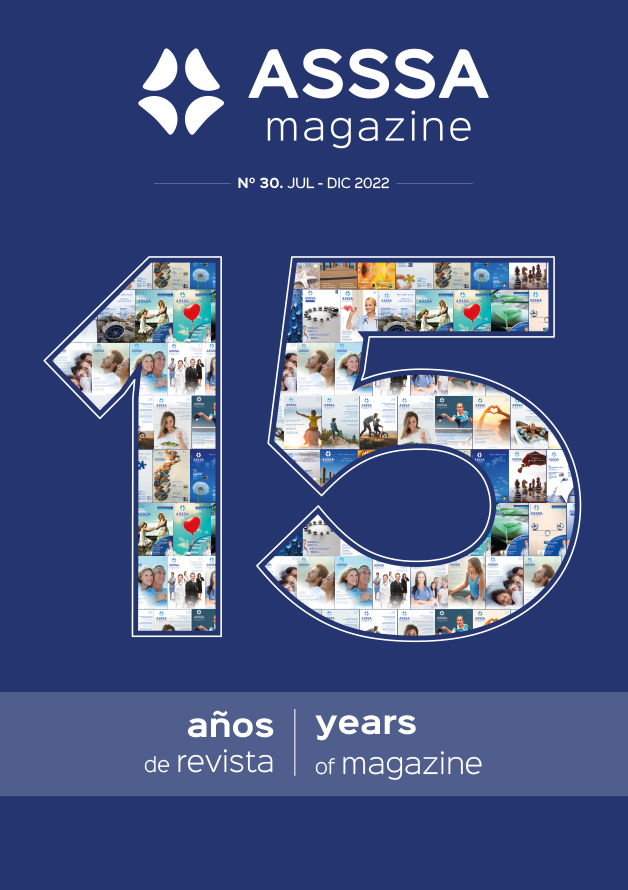
More and more people are looking aquatic activities as a form of safe physical exercise to keep fit throughout the year. The wide range of activities in water makes it possible for this type of exercise to appeal to a fairly heterogeneous group of people regardless of sex, age, or physical conditions; there lies the great and wide acceptance that aquatic activities have today.
People that a few years ago could practice almost no physical activity due to complicated recoveries after an operation, muscular or bone injuries, cardiac or respiratory diseases, and many other health issues, have nowadays, a great opportunity to kip sedentary routines safely and logically. Moreover, exercises in water are an equally good option for Young people who want to keep fit without risking their health with badly structured exercises.
Which are the benefits?
Physical exercise in water improves our main body functions, such as blood current, cardiac activity, breathing, and resistance. The thermal action of water on our bodies activates blood current and the hydrostatic pressure stimulates blood return; on the other hand, when we exercise in water, we work our muscles while we activate our pulmonary and cardiac functions, thus improving our aerobic capacity and contributing to a greater physical resistance.
Moreover, any exercise in water means the invigoration and relaxation of all the muscles, apart from their progressive and continuous strengthening. All the same, exercising our joints in water gives them a wider range of movement, while protecting them from possible injuries. The degree of muscular strengthening depends on the speed of exercise execution and on the surface the exercises are being done. The faster the exercises are done, the greater the resistance we adquire, and therefore, the greater the strengthening of the muscles. What is more, an adequate strengthening of our muscles enables a better stabilization of the body, as well as a more efficient use of each muscle, providing us with correct and hygienic posture maintenance and avoiding notably possible deviations of our backbone caused by wrong postures.
Muscle relaxation does not only come from the same execution of the same execution of the exercises in the water, but also from the feeling of weightlessness as a result of f being in the water. Weightlessness relaxes the muscles and coveys this feeling to our psyche, improving our mood. Exercising in weightlessness situations enrich our capacity to move and improve, at the same time, our motion patterns, enabling us to face new motor situations. Therefore, the majority of exercises done in water improve our motor coordination. Improvement in nerve connections, harmony in the movements and the correct correlation of nerve orders and muscular responses are a consequence of a physical exercise that affect notably the motor efficiency of movement. A good relaxation of antagonistic muscles whose contraction becomes a movement by vending a bone (for example, biceps) enables us to have an adequate tone to move; and, at the same time, exercising agonistic muscles-those that enable the extension of a part of the body, for example, tríceps-offers an optimal efficiency of movement in each action.
On the other hand, horizontal positions in water and the weightlessness phenomenon mean an extraordinary release for our backbone, reducing problems resulting from bad posturing. Muscle hypotonia resulting from bad postures caused by a relax posture or by bad habits developed in everyday situations is getting higher. Asymmetries on the vertical axis cause scoliosis, and those on the sagittal level cause kypholordosis. These progressive deformations are often accompanied by a deficient or disproportionate muscular and articular contraction or relaxation, which in case of not being treated properly, can have repercussions on other parts of the body an can cause more or less serious problems.
On the whole, we could say that any physical exercise done in water is not only available to anyone, but it is also one of the safest and most complete ways of exercising to keep fit throughout the year, without taking unnecessary risk.
D. Enrique Muñoz Fernández- Coordinador de zona de aguas de Arena Alicante
The information published in this media neither substitutes nor complements in any way the direct supervision of a doctor, his diagnosis or the treatment that he may prescribe. It should also not be used for self-diagnosis.
The exclusive responsibility for the use of this service lies with the reader.
ASSSA advises you to always consult your doctor about any issue concerning your health.











